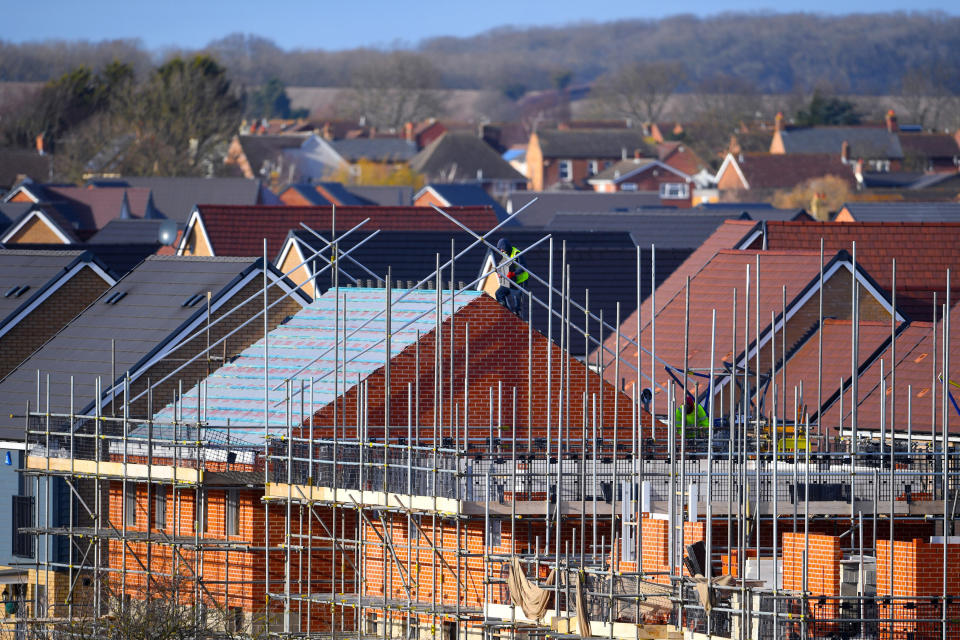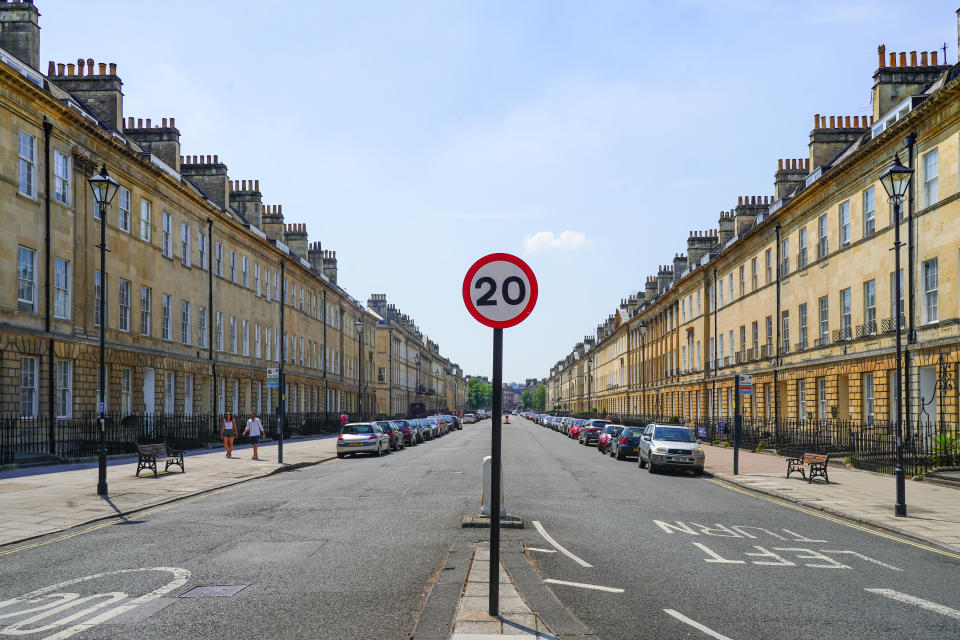Home buying: the pros and cons of new build vs period houses

It's a debate homebuyers often have with themselves: newbuild or period?
For some people, it's a no brainer, and they have a clear preference. But both newbuild and period homes have their advantages and disadvantages.
Here are some of the major pros and cons.
Newbuild homes - the good
Warranty
Newbuild properties should come with warranties on the construction work, giving owners peace of mind. Developers insure themselves against many faults and defects that might appear during the time of the warranty, which usually spans several years. It means large issues that arise in your new home will be corrected.
Mod cons
New homes are built to the latest standards. They come with the mod cons in the likes of the kitchen, bathroom, insulation, windows, and so on. They’ll also need to meet high modern environmental standards, making your home greener than most—and leaving you with cheaper energy bills.
Layouts
Modern living is all about open spaces within the home. The layouts on older properties can be awkward and compartmentalised. But with newbuild homes, you will more often than not find large open living areas, which suits families and sociable people who enjoy entertaining.
Newbuild homes - the bad

Quality
Modern homes may be forced to meet certain higher standards, but they have a reputation for being less robust than older properties. You’ll likely find a few snagging problems and you won’t have as many solid walls. The materials are also usually cheaper.
Room sizes
Though the layouts are often better than their older counterparts, room sizes leave a lot to be desired, with smaller bedrooms and living areas often making newbuilds feel cramped. Developers are under both market and political pressure to deliver as many units as possible on each site, and property size suffers as a consequence.
Charmless
The identikit, boxy, mass-production feel of many newbuild homes, while functional, can deprive them of character and charm. They sometimes look very similar and lack the uniqueness of each period home. They’re just not as attractive, which can affect their saleability, and make them feel a little less homely.
Period homes - the good
Character
It is hard to replicate the character and charm of a period property in a newbuild home. Age-worn features such as wooden beams, elegant tiled fireplaces, thatched roofs and so on are only really found in higher-end period homes. They make properties unique, and are hard to replicate well in new homes without looking tacky or cheap.
Demand
Period homes are trophy homes and therefore in hot demand. Homebuyers are seeking out the authenticity and character of a period property, as well as the ample space for which they're also known, improving your chances of a quick resale when the time comes.
Robust
The construction of period properties often stands the test of time. They're made from solid materials, built by masters of the craft, and are robust in a way that many newer homes sadly are not. They are sturdy homes.
Period homes - the bad

Protections
Period properties often come with protections, with some given listed building status.
That can make it very hard to alter the property in any way, even if the work is to make it more liveable, such as removing walls.
It can be a very slow, bureaucratic and expensive process to navigate heritage protections if you do plan to revamp your home.
And if you break any rules, inspectors may make you change it all back to how it was before—at your own expense.
Age problems
With age comes problems. While period properties are known for their sturdiness, they cannot escape decline, and it can get serious if the problems are structural. On particularly old properties, you might need specialists to deal with any issues that arise, and that's not cheap.
Costs
You'll pay a premium for a period property in good condition. They're not building any more of these homes. You might be able to convert an old non-residential building into a home, such as a barn, but that in itself is an expensive process.
High demand and short supply means big prices for prettier period properties. Newbuild homes can be much more affordable.

